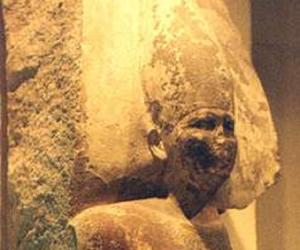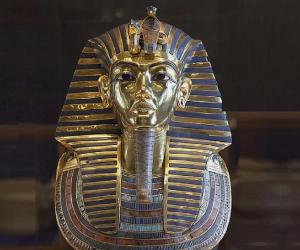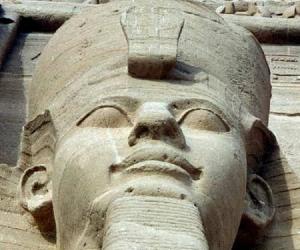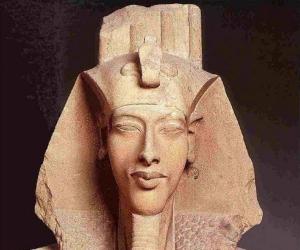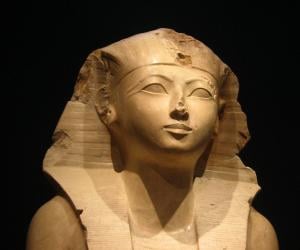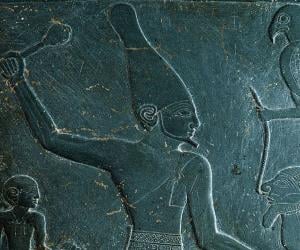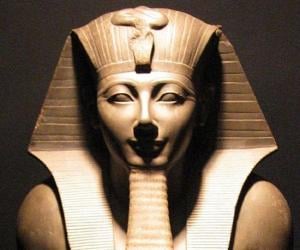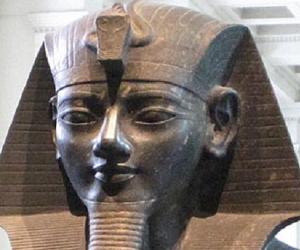Born In: Ancient Egypt
Sneferu
(King of Ancient Egypt from 2575 BC to 2465 BC)
Sneferu was the founder and the first king of the Fourth Dynasty of ancient Egypt during the Old Kingdom. Also known under his Hellenized name Soris, he played a major role in the design and construction of the pyramids in Ancient Egypt. Sneferu’s reign marked the climax of the Old Kingdom when its royal power reached a zenith under the Fourth Dynasty. He is credited to have introduced major technical innovations in the construction of pyramids and the three major pyramids he built were far larger than those constructed by his predecessors and also differed in their style. The details regarding Sneferu’s parentage are obscure. It is generally believed that he was one of the sons of his predecessor, Huni, and one of his lesser wives or concubines, Meresankh I. He later on married Hetepheres I, who would have been at least his half sister, probably by a more senior queen, and this strengthened his claim to the throne. After ascending to the throne Sneferu probably undertook extensive expeditions southward into Nubia, and westward into the Sinai. But he became best known for the designing and construction of pyramids, and is credited with at least one of a series of "regional" or provincial pyramids, at Seila
Emperors & Kings #506
26
2
